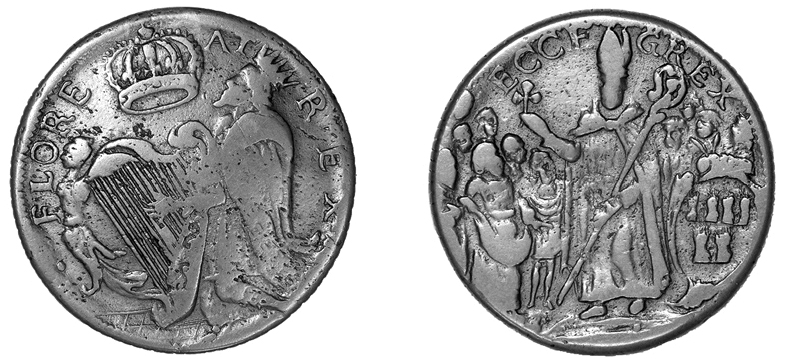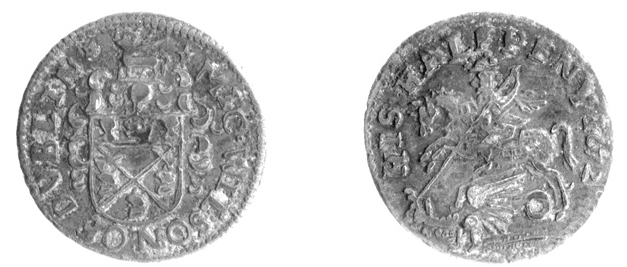

A Mars bar was too expensive for me!Ī sixpence was ¾ inch across and 10 sixpences weighed an ounce (when new), the same weight as a farthing. My pocket money was a penny for each year of my age, so when I was 9 years old, I got 9d. I've been told by a correspondent that a Joey was the silver threepenny piece. My husband says "'Thruppence' sounds a bit Cockney." Cheek!Īn old-fashioned expression for a thruppenny bit was a joey, but I didn't use myself. It was smaller than the sixpence.Ī correspondent told me, "'Thruppence' was an alien sound to our Northern ears we pronounced it 'thrippence'." Someone else offers 'threppence'. There was an older thruppenny coin made of silver, but that had been withdrawn before I was born. It was also the only coin which was not round. The thruppenny bits were made of a different metal to either the 'coppers' (the smaller coins) or the 'silver' (the bigger coins). This is a wild flower, but its name suggests that you should spend your 3d wisely or save it. An older thruppenny bit had a picture of a thrift on it (see right). The portcullis (left) was a Tudor symbol. This coin was often called a thruppenny bit, and the amount of money was thruppence. The name 'penny' has been in use since before the Norman Conquest (1066). A correspondent has said that in York, a penny was called a clod. They were large heavy coins for their value! Pennies and smaller coins were called 'coppers' because of their colour. This is (at present - 2009) on the new 50p piece although they are threatening to replace her.Ī penny was 1¼ inches across and 3 pennies weighed an ounce (when new). If it lands between two lines, then it scores. You put a ha'penny (often polished on one side) overlapping one edge of the board, then hit it with the base of your palm, so it skids across the board. It has a wooden board with lines on it an inch apart. There is a pub game called Shove Ha'penny. This was called ha'pence and the coin a ha'penny (pronounced hay-penny).Ī ha'penny was an inch across and 5 ha'pennies weighed an ounce (when new). The bird is a wren, the smallest common British bird.ġ0 farthings weighed an ounce (when new). After the farthing was abolished, I noticed that our school books still mentioned them, and realised that books could get out-of-date, a useful lesson when 6 years old. I also saw a pair of shoes for sale at £1/19/11¾ (a farthing under £2). The farthing was abolished in January 1961, but I just remember a pink shrimp sweet, blackjack chew or fruit salad chew costing a farthing each. They were mostly were phased out around decimalisation in 1971. Tables - school tables, modern valid changeĬoins - These were the coins of my childhood. Older money - crown, guinea, groat, sterling Notes - ten shilling, one pound, five pound, ten pound Coins - farthing, half penny, penny, three pence, six pence, shilling, florin, half crown It might be paid for with four half crowns and a sixpence. So this hat would cost ten shillings and sixpence, just over half a pound, and would be called 'Ten and six'. The Mad Hatter in Alice in Wonderland has a price tag on his hat saying "In This Style 10/6". This sloping line was called a solidus which is Latin for a shilling. Five shillings was 5/-, but here you did say 'Five shillings'. If there were no pennies, then you wrote a dash. One pound seven shillings and sixpence would be £1/7/6, and would be called 'One pound, seven and six'. Two shillings and sixpence (a half crown) would be 2/6, and would be said as 'Two and six'. However, on price tags, it would usually be written with slashes between the different amounts.


See Older money to find out where '£' and 'd' came from. In account books, the columns would be £. There were two ways of writing the old money. Use the National Archives currency convertor to find the equivalent buying power. While this convertor gives the value in old and new money, it does not take any account of inflation. There is a quick convertor below, accurate to 2 decimal places. This page describes pre-decimal sterling money.


 0 kommentar(er)
0 kommentar(er)
